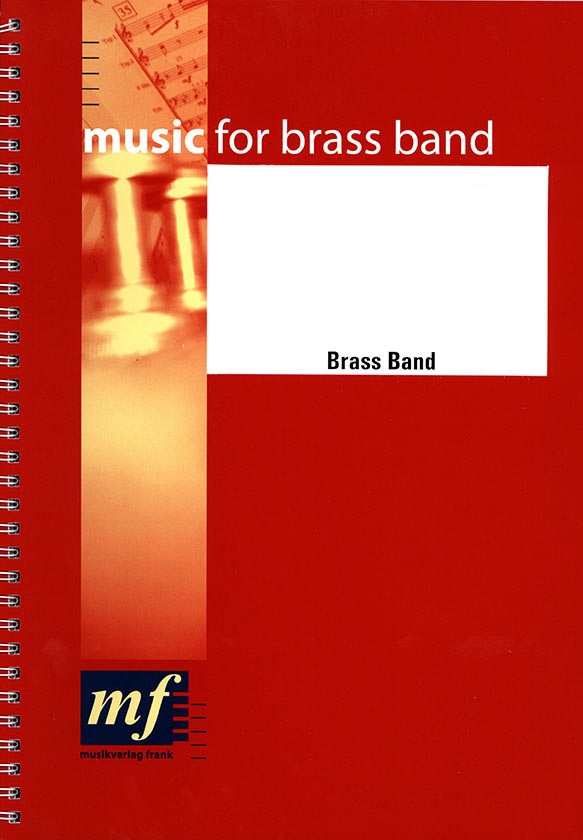We've found 1000 matches for your search. Order by
Results
-
 £49.60
£49.60 -
 £39.60
£39.60HUNGARIAN DANCE NO. 5 - Brahms Johannes - Mendez Rafael
Estimated dispatch 7-14 working days
-
 £24.60
£24.60HUNGARIAN DANCE NO. 5 (Partitur/Score) - Brahms Johannes - Mendez Rafael
Estimated dispatch 7-14 working days
-
 £37.60
£37.60 -
 £19.60
£19.60I HATT NO VIU BLODER TA (Partitur/Score) - Gola - Schwarz Stefan
Estimated dispatch 7-14 working days
-
 £38.60
£38.60 -
 £19.60
£19.60NORWEGIAN DANCE NO 3 (Partitur/Score) - Grieg Edward - Barry Darrol
Estimated dispatch 7-14 working days
-
 £69.60
£69.60 -
 £69.60
£69.60 -
 £44.60
£44.60
